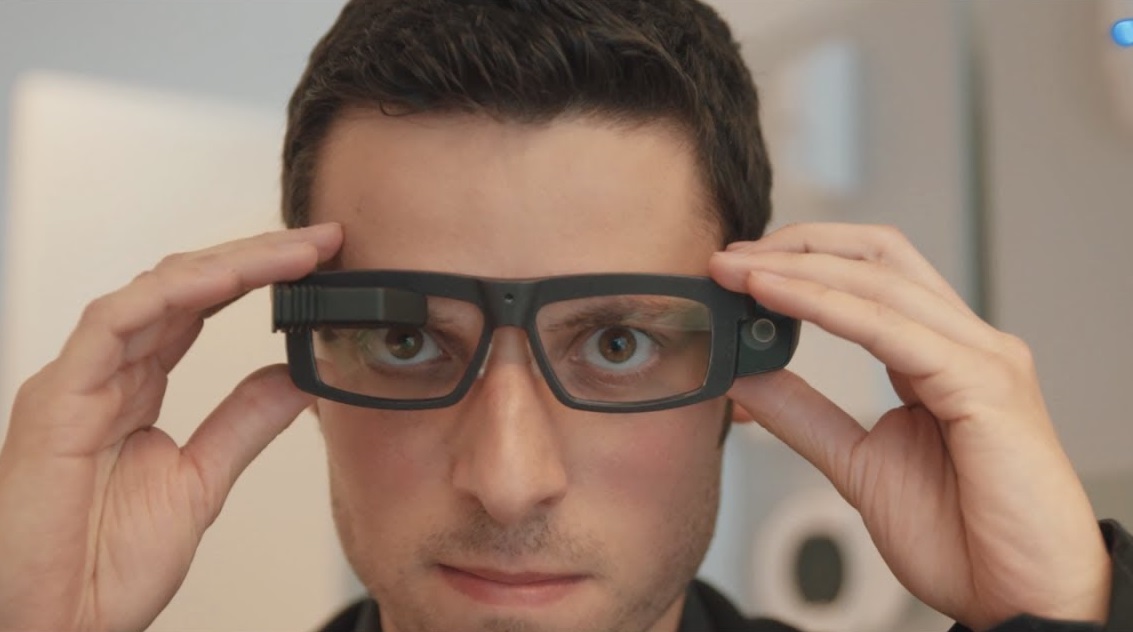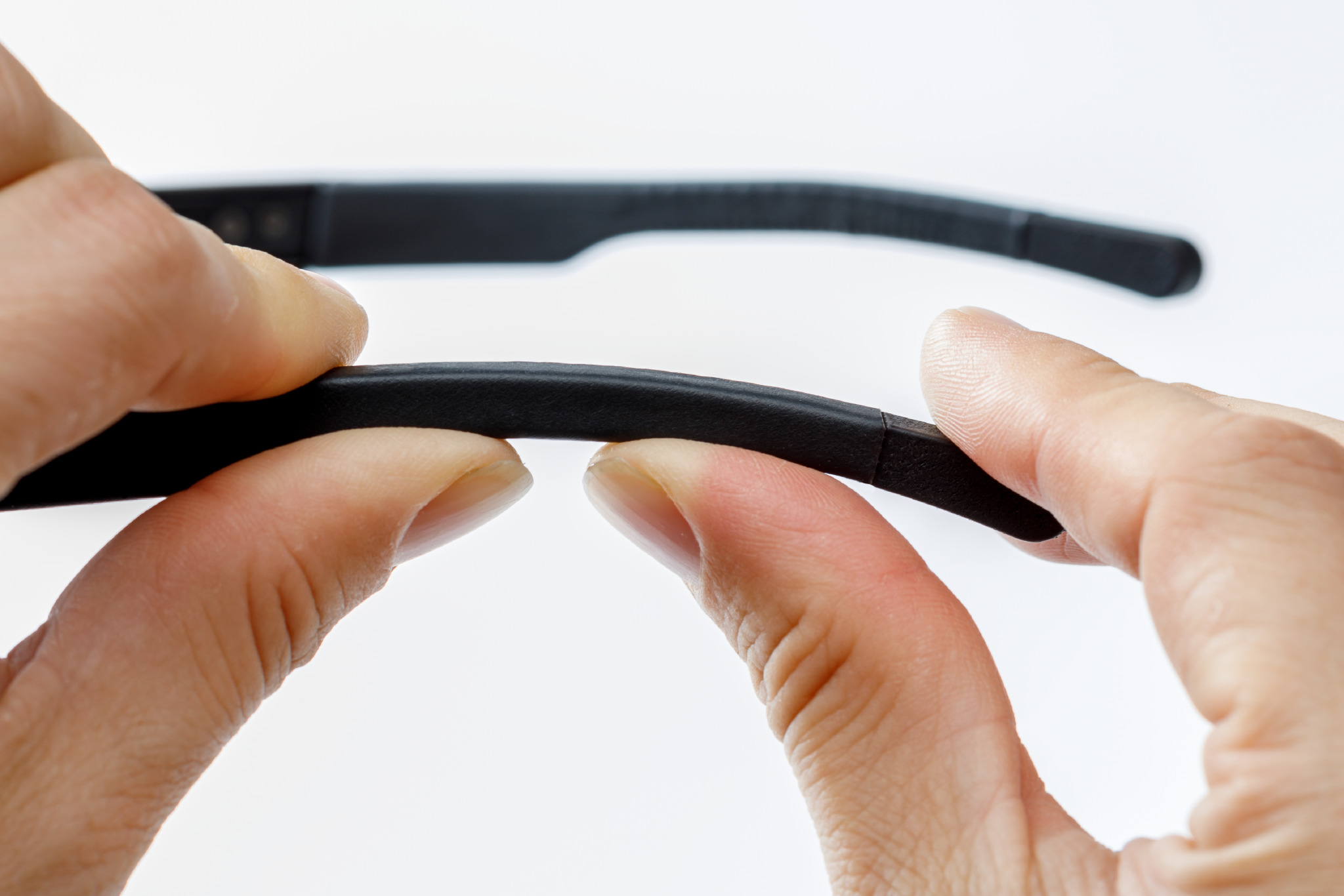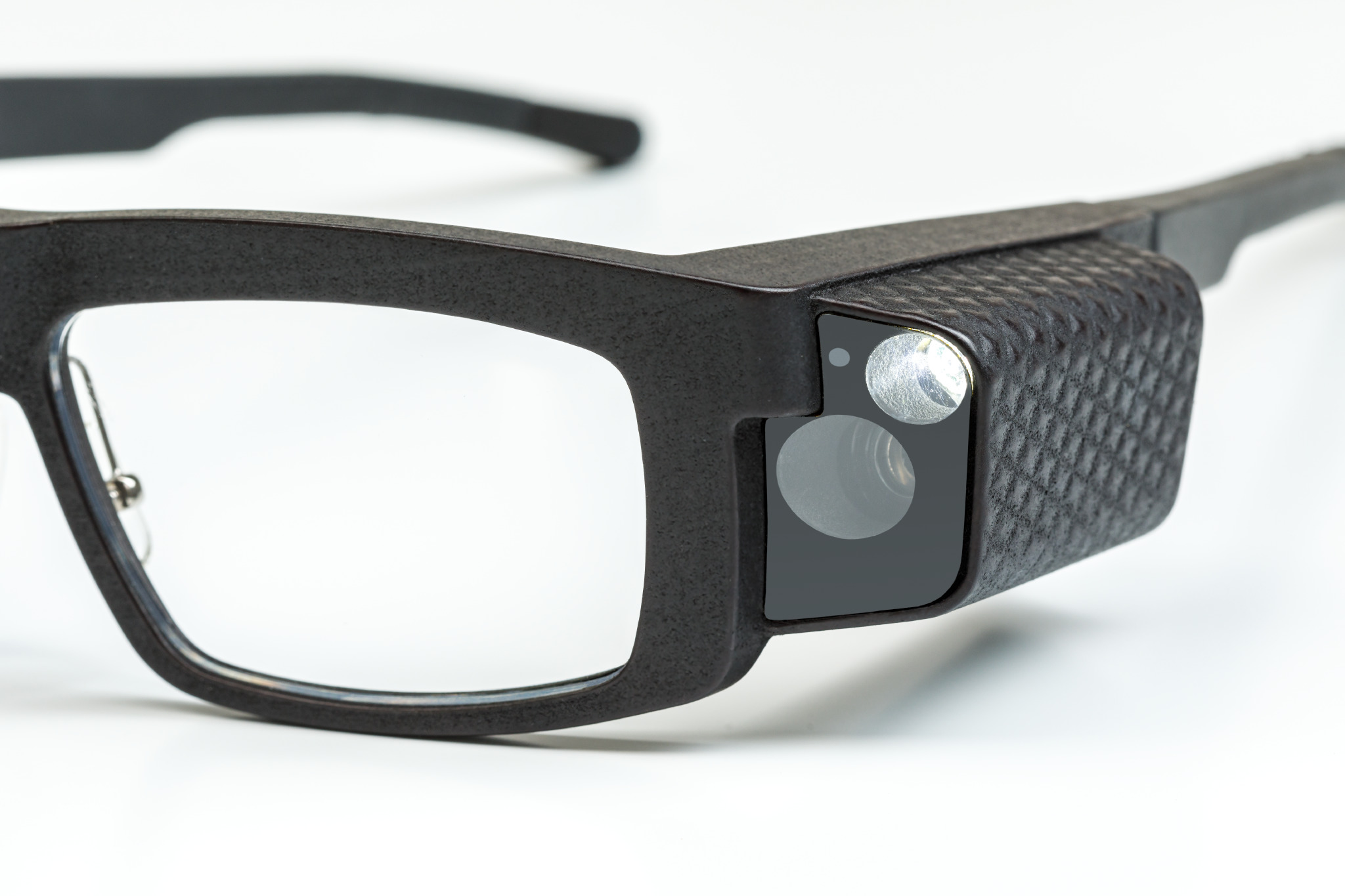This is a must see: 3D technology helped create smart glasses for engineers

The world's first "smart" goggles are the last word of design and electronic engineering. They are stuffed with sophisticated electronics, but so light and comfortable that they can be worn all day. Engineers, operators and supervisors can use these glasses to stream video streaming to colleagues in real time for the purpose of registering and sharing important information or to get technical data from the Internet. Built-in features (such as voice control and barcode scanning) help with tasks such as quality control and hands-free maintenance.
However, users would have to wait a long time before they could take advantage of these benefits, if not for 3D printing. In collaboration with Materialize, which helped streamline design and 3D printing, Achilles Design was able to put Iristick into small-scale production at least six months ahead of schedule, reduce initial investment, and bring to market a product that could be customized.
How to protect a startup from risks
Just two years ago, Iristick was a start-up with the only clear goal - to create "smart" industrial safety glasses that would be comfortable to wear for the longest working shift. This seemingly simple goal involves many problems. How to fit complex electronics in the frame without compromising the convenience of wearing? How to cost-effectively modify the design? How to quickly move from layout to finished product to minimize business risk?
')

To find answers to these questions, Achilles Design turned to Materialize. “At first, we looked at 3D printing only for the prototyping stage,” explained Riemer Grotyans, president of Iristick. “We knew that we could achieve savings thanks to the possibility of making several iterations of the product without the material and time costs associated with the need to create new injection molds for each new iteration. And we came to one very important conclusion: we do not need to stop at prototyping - we can use the advantages of 3D printing in small-scale production. ”
Design optimization for production
The first task was to make sure that the material chosen for 3D printing — the PA12 plastic — was strong enough to make goggles. After extensive shock and other testing, the material was approved. “PA12 is a cherished dream for prototyping and production, and we use this plastic for a variety of tasks,” says Tim Ruthens, head of product development at Achilles Design. “It is distinguished by reliability, high strength and durability, as well as excellent surface quality.”
Since most parts of the frame are made on a 3D printer and have an optimized design, the C1 model weighs only 62 grams
Then Materialize, Iristick and Achilles went into design optimization for 3D printing . The main problem was the space, or rather its absence. It was not easy to implement all the electronic functions required of protective eyewear, so that the glasses stay light and comfortable and can be worn all day. To solve the problem, voids were provided for the minimum required size for electronics and acoustic cavities for the built-in speakers. The process eliminated the need for complex and expensive forms and made it possible to quickly make changes to the design in the search for the optimal solution.
In addition, Iristick wanted to create the world's only "smart" glasses with adjustable arms. However, the built-in electronics did not allow to heat and bend the arms, as is done in conventional frames. Instead, Materialize proposed to add a patented spiral-shaped element printed on a 3D printer. This solution allows you to bend the bow without heating for maximum wearing comfort. “In addition,” said Grotyans, “we have developed a special assembly sequence using a flexible shrink sleeve for installing electronics. We solved the problem together. ”

The patented spiral element allows you to bend the bow, printed on a 3D printer, without heating
Do you see the same thing as me? Product ready for sale
Due to the high speed of refinement and testing of various functions, Iristick was able to reduce the initial design period by half a year and start producing small batches ahead of schedule. The frames C1 and Z1 are currently being tested.
Smart glasses are a reliable and easy-to-use device that allows logistics, maintenance and security specialists to work, leaving their hands free and as mobile as possible. And since most of the parts of the frame are made on a 3D printer and have an optimized design, the C1 model weighs only 62 grams.
We do not need to stop at prototyping - we can use the advantages of 3D printing in small-scale production
Riemer Grotyans, President of Iristick
Each model is equipped with a 9-axis motion sensor and a 3-axis adjustable projection indicator in the right lens. In addition to voice commands, glasses support touch control with gestures, have the zoom function (the best-in-class zoom lens of the Z1 model is capable of reading bar codes from up to 2 meters) and supports the remote screen function. “For example,” explains Grotyans, “the engineer in the control room can zoom in on the image to inspect small details as if it were directly in front of them.”

Iristick “smart” industrial glasses are equipped with a camera and a powerful zoom lens.
Flexibility and perfect interaction
3D printing has not just reduced the time to market . The technology allowed the company to respond quickly to user feedback and demand. “3D printing not only helped us create the product, but also gives us the opportunity to move forward,” says Grotyans. - We can test the design with the client and, if necessary, make changes. If a customer needs glasses of a different color or with a different surface texture, we can easily fulfill such a wish. We just change the design a bit and print as many products as needed, without disrupting delivery to other customers. ”
Riemer Grotyans, President of Iristick: “Technology really gives us a significant advantage, which will allow us to continue developing the best solutions for this market. At first, we thought that 3D printing would just help us get from point A to point B. Thanks to the cooperation with Materialize and Achilles, we went much further. ”
Iristick offers the world's first smart goggles printed on a 3D printer, and recently received funding from the EU to further commercialize the product. “At the very beginning, we were an unknown company,” says Grotyans. “We now offer a product that is unique in many ways.”
Material provided by Materialize . Original article - by reference .
Source: https://habr.com/ru/post/442936/
All Articles